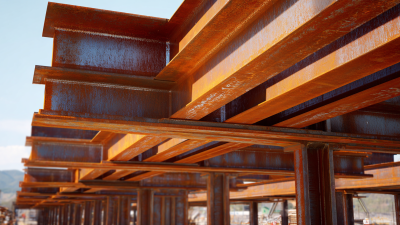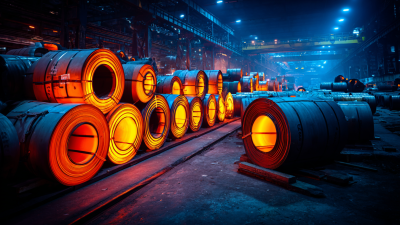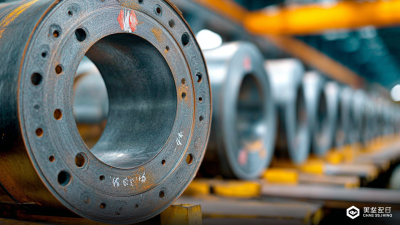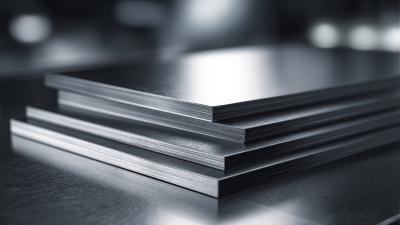
When embarking on any construction project, selecting the appropriate materials is paramount to ensuring structural integrity and longevity. Among these materials, the choice of Steel Rod plays a crucial role, especially in reinforcing concrete structures. With various types of steel rods available in the market, each offering unique properties and applications, the decision-making process can be daunting for contractors and builders alike. Understanding the specific requirements of your project, such as load-bearing capacity, environmental conditions, and budget constraints, will guide you in making the best choice.
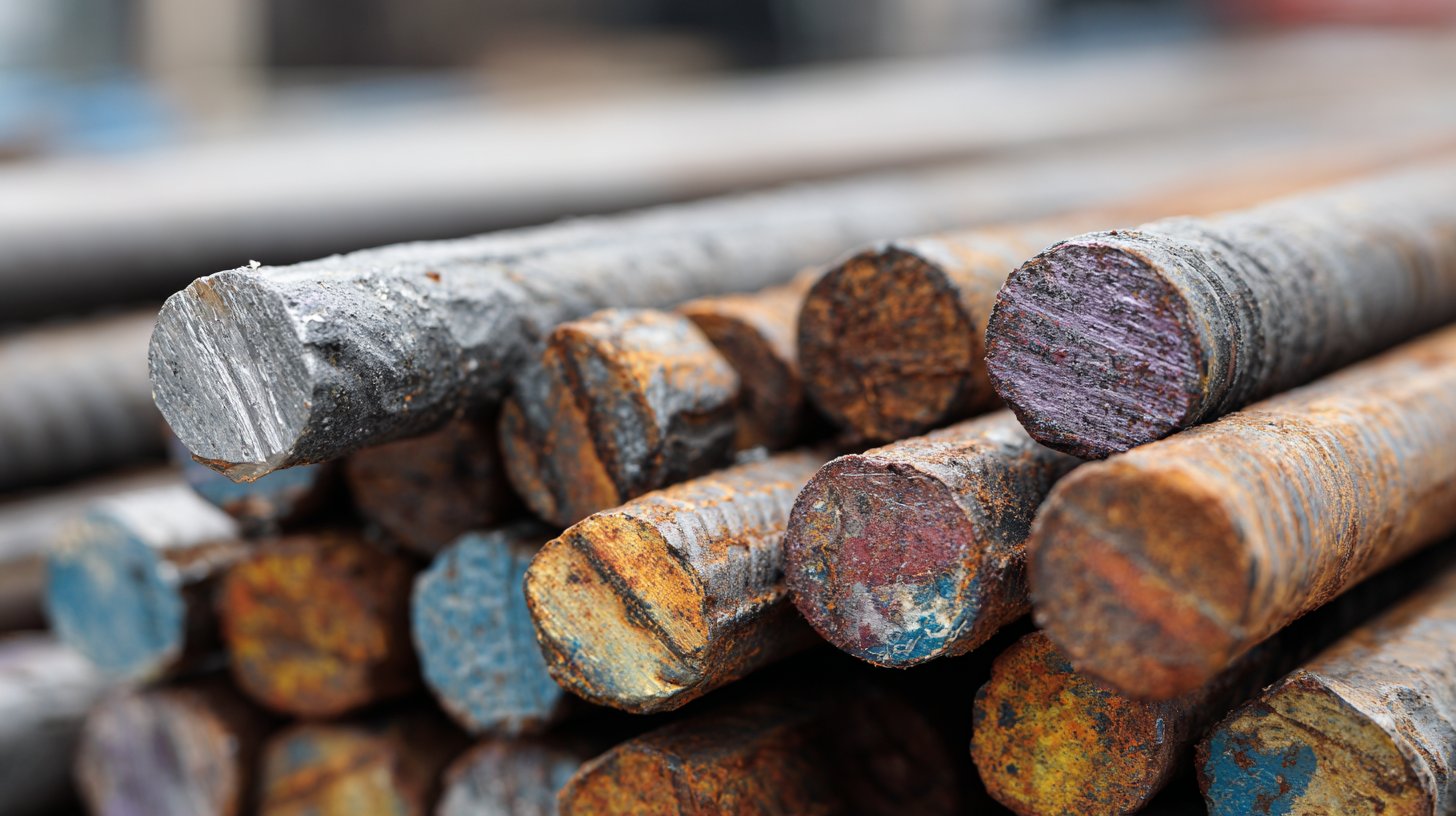
In this guide, we will explore the essential factors to consider when selecting the right Steel Rod, ensuring that your construction endeavors are both safe and successful. Whether you're working on a residential building, a commercial structure, or infrastructure projects, the right Steel Rod can significantly influence the overall durability and performance of your construction.
When selecting the appropriate steel rods for construction projects, it is crucial to understand the various types available and their specific applications. Among the most commonly used steel rods are deformed bars, which are characterized by their ridged surface that enhances bonding with concrete. According to the American Concrete Institute, deformed bars are widely favored for their superior tensile strength, often exceeding 60,000 psi, making them ideal for reinforced concrete structures such as bridges and high-rise buildings.
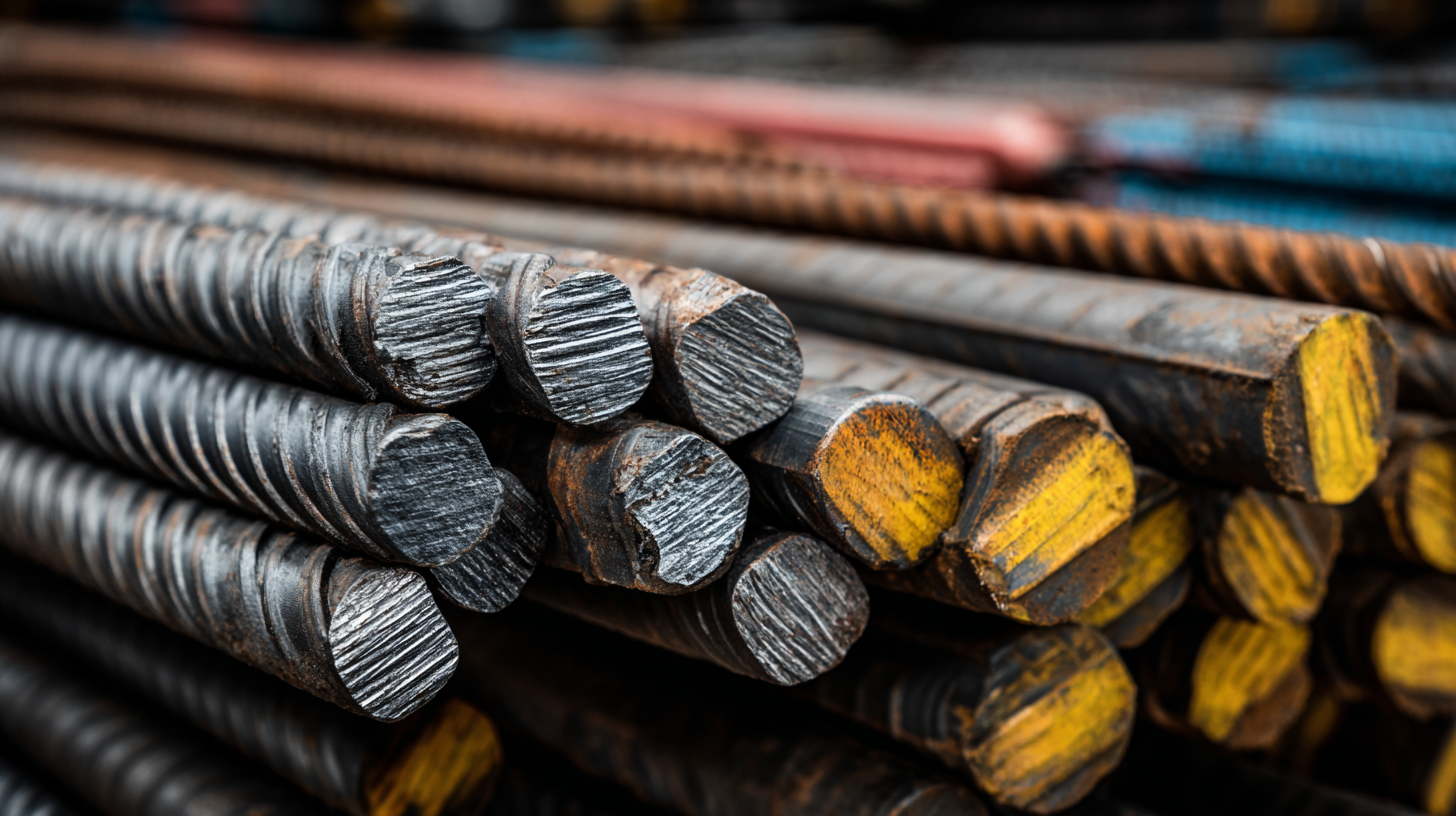
Another important type is mild steel rods, utilized for lighter construction projects where high tensile strength is not as critical. Mild steel rods typically have a yield strength of around 40,000 psi, making them suitable for non-load-bearing applications like framework and partitions. A report by the World Steel Association indicates that the demand for mild steel has remained robust in residential construction, demonstrating its versatility and cost-effectiveness. Furthermore, stainless steel rods, known for their corrosion resistance, are increasingly being used in environments exposed to harsh chemicals, particularly in coastal areas where salt exposure can lead to rust. Understanding these variances in steel rod types and their corresponding applications is essential for ensuring durability and safety in construction projects.
When selecting the right steel rod for construction projects, understanding the grades and standards is paramount. The mechanical strength and quality assurance of steel bars, such as Grade 60 deformed reinforcing bars, can significantly influence the durability and safety of concrete structures. Recent studies highlight the variability in mechanical strength among these steel bars, emphasizing the necessity for statistical analysis to ensure that construction projects adhere to safety protocols and quality benchmarks.
Furthermore, standardization within the steel reinforcement bar market cannot be overstated. Issues have been reported regarding the availability of non-compliant mild steel reinforcement bars which do not meet nominal size standards. This lack of standardization can result in unsafe construction practices and potential structural failures. Therefore, it is crucial for construction professionals to evaluate the grades and specifications of steel rods carefully and invest in materials that meet robust industry standards to mitigate risks and enhance overall project integrity.
When selecting steel rods for construction projects, understanding the diameter and length options is crucial to meet specific structural requirements. According to the Steel Construction Institute, the strength and load-bearing capabilities of a steel rod are significantly influenced by its diameter. For instance, a 20 mm diameter rod can handle more axial load compared to a 12 mm rod, making it essential to match the rod size to the intended application. Generally, larger diameters are preferred in load-bearing applications, as they provide greater resistance to buckling and bending under stress.
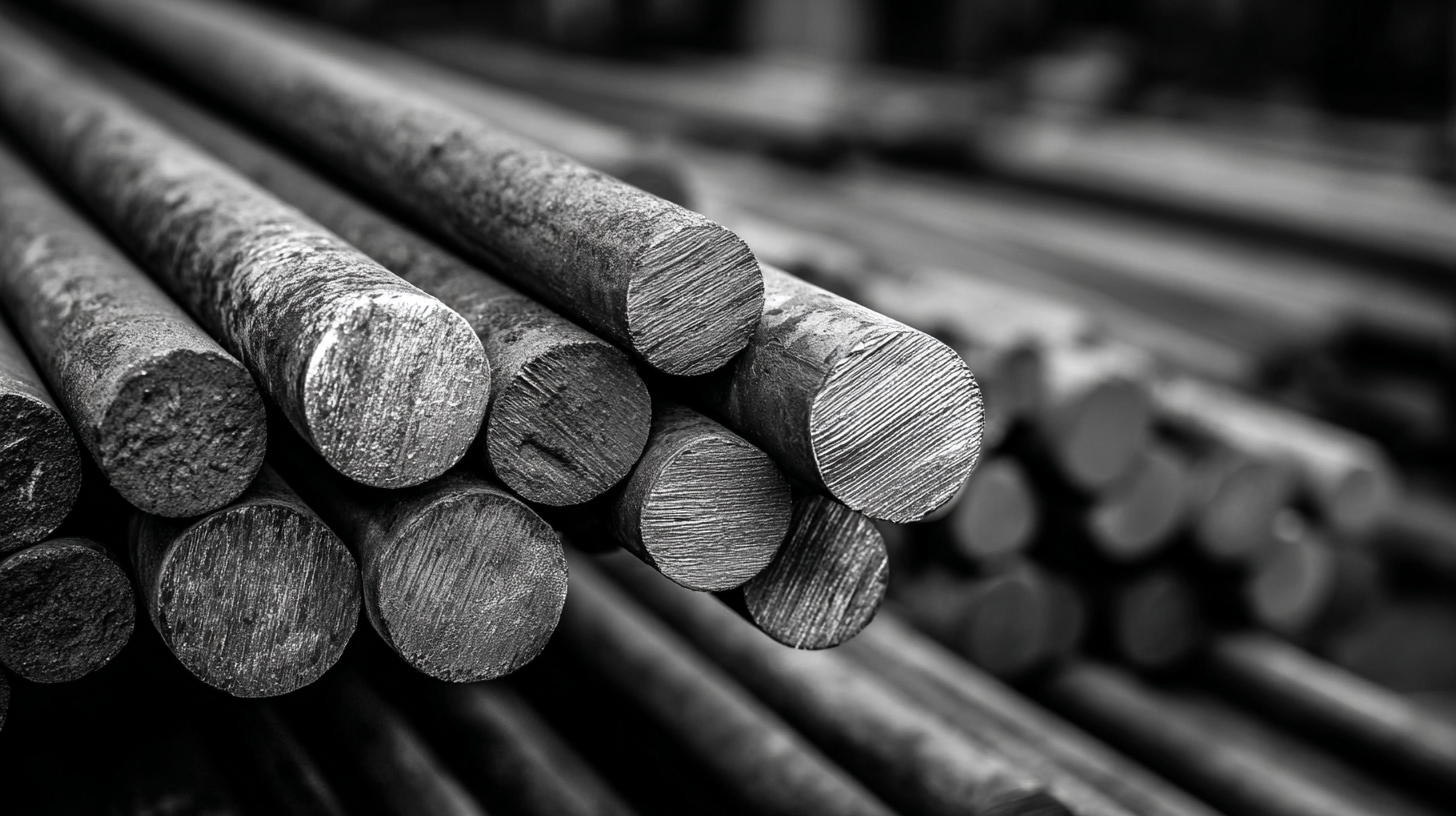
Length is another critical factor to consider. The American Institute of Steel Construction recommends that the length of the steel rod should not only account for the structural load but also the installation constraints and transportation requirements. Standard lengths typically range from 6 to 12 meters, but customization is often needed for specialized projects. For example, a report by Engineering News-Record highlighted that adjusting rod lengths to optimize fabrication processes can lead to a reduction in material waste by approximately 25%. This data underscores the importance of precise measurement and planning in selecting both diameter and length for steel rods, ensuring structural integrity and cost-effectiveness in construction projects.
When selecting the right steel rod for your construction projects, considering rust resistance and coating choices is paramount. Steel rods can be susceptible to corrosion, which compromises their structural integrity. To enhance longevity, protective coatings such as galvanized finishes or advanced materials like graphene are excellent choices.
Graphene coatings, for example, exhibit exceptional impermeability and inertness, making them ideal for environments prone to moisture and chemicals. This modification significantly boosts corrosion resistance, ensuring that your steel components endure the test of time.
In addition to selecting the right coating, understanding the specific environment of your construction site is crucial. Different coatings offer varying levels of protection suited for various atmospheric conditions. For instance, coastal areas may require enhanced rust resistance due to saline exposure. The latest advancements and research into surface modifications further indicate that tailored coatings can improve performance across a spectrum of applications, from wastewater systems to general structural materials. By carefully evaluating these considerations, you can make informed decisions that promote the durability and reliability of your construction projects.
When selecting steel rods for construction projects, balancing cost and quality is crucial. According to the World Steel Association, steel prices fluctuated between $600 to $700 per ton in 2022, highlighting the need for a strategic approach to budgeting. Choosing high-quality steel rods can improve the longevity and safety of structures, which can be more cost-effective in the long run despite potentially higher upfront costs. For instance, using high-grade steel can lead to a 20% reduction in maintenance costs over time, according to a report by the American Institute of Steel Construction.
**Tips:** Always assess the tensile strength and yield strength of the steel rods, as these factors heavily influence their performance and safety. Look for suppliers who provide detailed material certifications for their products. This ensures that even if the initial purchase cost is slightly higher, you are investing in a material that meets the required standards, ultimately saving funds on repairs and replacements.
Additionally, consider bulk purchasing options or negotiating prices with suppliers, as costs can significantly decrease with higher volume orders. The Steel Manufacturers Association indicates that buying in bulk can lead to reductions of up to 15% on steel orders, benefiting your project’s budget while maintaining the quality necessary for safe construction.
| Type of Steel Rod | Diameter (mm) | Yield Strength (MPa) | Cost per Meter ($) | Application |
|---|---|---|---|---|
| Reinforcing Bar (Rebar) | 12 | 500 | 0.80 | Concrete Reinforcement |
| Mild Steel Rod | 16 | 250 | 0.60 | General Construction |
| High Tensile Steel Rod | 10 | 600 | 1.00 | Long Span Applications |
| Epoxy-Coated Rebar | 20 | 500 | 1.50 | Corrosion Resistance |
| Stainless Steel Rod | 8 | 520 | 2.20 | Architectural Features |

